The seed buying begins! Here’s what I bought, and why
My shopping basket contains one item: optimism! Oh, and way too much seed
You’re reading The Earthworm, a brand new newsletter that takes a sideways look at the world of gardens, gardening, horticulture and all that good green stuff. If this is your first time here, you can catch up on anything you’ve missed by following this link. Subscribe now for free and join the community!
If you read last week’s post about the gardening mistakes that I find myself making year after year, you’d be forgiven for thinking that I shouldn’t be trusted with a single seed, let alone several packets, containing the combined embryonic potential for hundreds of individual plants. And yet here we are.
To the crime of over-purchasing plant matter, I plead guilty as charged.
But if I may, your honour, before we proceed to sentencing, I would like to present the court with a plea in mitigation. The thing is, anyone in my position would have done the same. Allow me to set the scene.
It is 10pm on Saturday night. We have watched Danny Dyer’s ‘The Wall’, followed by Michael McIntyre’s ‘The Wheel’. My wife, understandably, given the high-brow, high-calibre televisual content flooding her eyeballs, has fallen asleep alongside me on the sofa. Out comes my phone.
Naturally, as any one of us would, I open Instagram. Moments later, I land on a sponsored post. It is a photo of a flower, and it is extraordinarily beautiful.
A ring of lilac-grey petals, their colour intensifying towards the centre to a rich plum-purple; the flowers almost translucent, with the texture and appearance of crinkled tissue paper. This Papaver rhoeas ‘Amazing Grey’ is recognisably a poppy, but not like any I’ve seen before. Two taps of the finger later, and a packet containing 250 seeds has been added to my basket.
As with all of life’s most ill-advised pastimes, shopping for seeds is a slippery slope. Selecting the first packet takes the edge off, but it’s adding the second, then the third to your basket that takes you to that uninhibited headspace, where your heart is filled with hope and happiness and the promise of abundant life flooding the currently barren borders. Also it helps spread the cost of postage.
And so I kept browsing, and I kept adding to my notional basket, and I kept hitting “continue shopping”, until I had about £30’s worth of seeds, which would have provided me with enough plants to fill an entire street’s worth of gardens. Then, to prove to myself that I was still in control (I wasn’t), I removed some of the items from my basket.
Below, you will find the full list of seeds that I eventually ordered. Total spend: £11.45.
But first, I think it’s worth explaining why everyone should bother growing plants from seed in the first place. Or rather, which plants it is worth growing from seed, and which it is very much not.
From a humble carrot to a mighty oak, you can grow almost any plant from seed (with a few notable exceptions). But much of the time, it simply isn’t worth it. Take the oak – if you really want an oak tree in your garden (bad idea unless you laugh in the face of subsidence), it is going to take years before it has even reached your own head height. If you’re planting a tree from seed, you’re doing it for your kids, or more likely their kids to enjoy.
Similarly, time is not on your side if you want to grow, for example, aubergines from seed. Aubergines are slow growers, and need a lot of warmth and light to get going. If you want to stand a chance of harvesting any before light levels start to fall again in early autumn, you have to sow your aubergine seeds now, preferably in a heated propagator or greenhouse. No thanks.
If you’re growing from seed, you want speed; the plants that are going to give you the most bang for your buck the soonest, and for the longest time. Enter annuals. Lettuce falls into this category, as do sweet peas, and hundreds more plant varieties besides.
These annuals will grow fast, give you a flourish of beautiful flowers or food, then die a quick and fuss-free death, all between now and September, maybe October. You will then never see or hear from them again. (Ha! As if. Many annuals will freely self-seed around your garden – a lifelong reminder of that rash late-night Instagram purchase.)
If, like me, you quickly get bored of certain aesthetic choices – which, as an aside, is why I should never get a tattoo – then annual flowers are where you can get experimental. Your framework of trees and/or shrubs and/or perennials will remain constant, but you can change the colour, the theme, the feel of your garden from season to season with the use of fast-growing annuals. If you like them, great: keep back some seed and sow again next year. If you hate them, no biggie, you can try something else next time around.
Having said that, lots of perennial plants – ones that will die back in autumn then re-emerge the following spring or summer, and do so year after year – can also be grown from seed with good results in the first year. (Or at least, that’s what I’m hoping: my shopping basket below contains a few of these perennials, too.)
But why bother growing from seed at all? Well for starters, there’s the satisfaction. You start with something barely bigger than a grain of sand, and then next thing you know – following only minimal amounts of TLC – you’re watching bumblebees buzz happily about a bright and beautiful flower. Your flower.
Then there’s the practical stuff. Seed will, of course, always, always be cheaper than buying a plant in a pot. But also, when it comes to annuals in particular, you’re more likely to find them as cut flowers at a florist than potted up at your local garden centre or nursery, so if you want them in your garden, you’ve got to get sowing. And actually, another brilliant benefit of seed is that you’re not limited to what happens to be in stock at the garden centre when you make your visit. You can get whatever you want, whenever you want.
Of course when it comes to my own garden, all of these points are moot. I barely have space for the plants that are already growing in my borders, let alone any new ones. My own reason for buying these seeds is part avarice, part optimism. Yes I want more than I can, or should have. But also, I want to look forward; to stand in my grey-brown winter garden and imagine it teeming with colour and with life. I want to believe that things, however bleak right now, can get better.
Would you really deny me the satisfaction of sowing a teeny-tiny seed and watching it develop into an awe-inspiring plant, in what must surely be the most hopeful act that we gardeners can perform?
Your honour, I rest my case.
My shopping basket
I bought my seeds through Stocks & Green, a small, independent company based in rural Essex. There are many, many, many other seed stockists out there. I chose Stocks & Green simply because their targeted social media advertising reached me at my most vulnerable.1
1. Achillea millefolium 'Summer Berries'
Better known by its common name, Yarrow, Achillea is a common sight in gardens and green spaces nationwide throughout the summer months. The yellow- and white-flowered varieties are most common, but I couldn’t resist the multi-hued pastel pink umbels of the evocatively named ‘Summer Berries’. Also, ladybirds are straight-up obsessed with Achillea, and since ladybirds predate on aphids, enticing them into your garden is a very wise move.
2. Calendula officinalis 'Sherbet Fizz'
Pot Marigolds are another gardening and allotmenteering fave. Again, they are very popular with our ladybird friends, but are also much-loved by pollinators, such as bees. My only issue with your run-of-the-mill Calendula, though, is the (typically) garish orange of its petals. That’s why I fell in love with ‘Sherbet Fizz’, and its more unusual, more refined palette of reds and peaches and golds.
3. Antirrhinum majus 'Orange Wonder'
I have never grown snapdragons, and I am excited. Turrets of rose-and-orange flowers, each one shaped like the smiling mouth of a Chinese dragon, will provide a feast for my eyes and for the bees’ tummies from April all the way through to September. Along with the yarrow and pot marigolds, the snapdragons will complete a triumvirate of pinky, orangeish flowers which I’ll grow together probably in large pots in a sunny spot.
4. Echinops ritro
The spiky spherical blue flower head of this small globe thistle, like a curled-up Sonic the Hedgehog, is satisfyingly round and tantalisingly tactile. They’ve got a relatively short flowering season – July-September – but their pointy seedheads should continue to look sharp (in every sense of the word) right the way through winter. Again, bees love them.
5. Papaver rhoeas ‘Amazing Grey’
For obvious reasons, we tend to think of poppies as being bright red with a small dark core. And actually, I do love the Armistice Day poppy, and will probably have far too many of them popping up in my borders in a month’s time after I misguidedly shook last year’s seedheads around the garden like maracas. But poppies also come in a whole range of different colours and petal arrangements, and it’s worth finding one that suits your garden or your taste. Last year, mine were a haven for aphid-gobbling ladybird larvae, as well as brightening up the borders with their bold colours. This year I’m going 50 shades of grey-and-purple, which I’m hoping will provide a delicate counterbalance to the more prickly Echinops.
Have you bought any seeds yet this year? Did you collect any favourites from last year? What plants are going on your shopping list? I would genuinely love to know! Leave a comment, or simply hit ‘reply’ to this email.
Just to reiterate, this is not a sponsored post. I thought I’d include links to the seed I bought in case anyone wanted to learn more about those particular plants or even – gasp! – follow in my footsteps. Again, all of these seeds are available from tons of different stockists, so do shop around if you can be bothered.

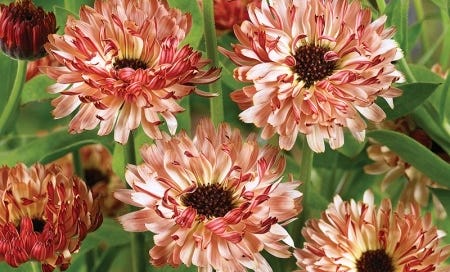



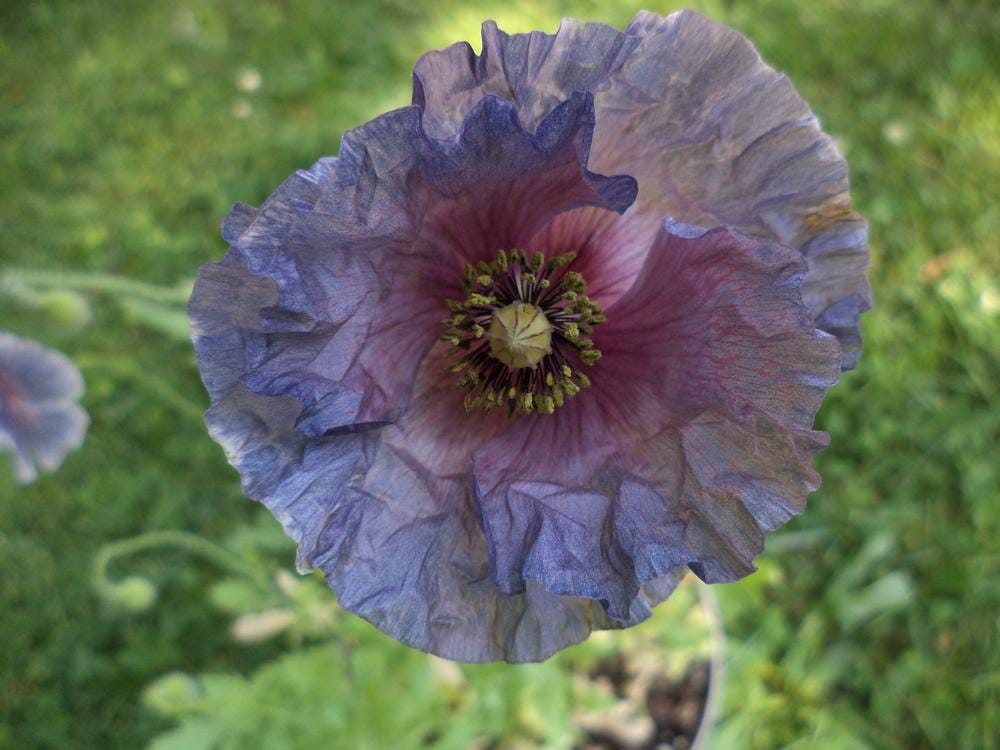
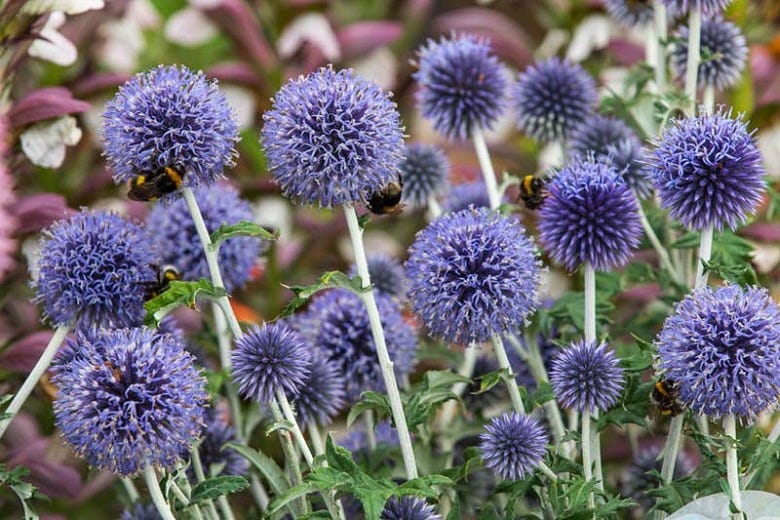
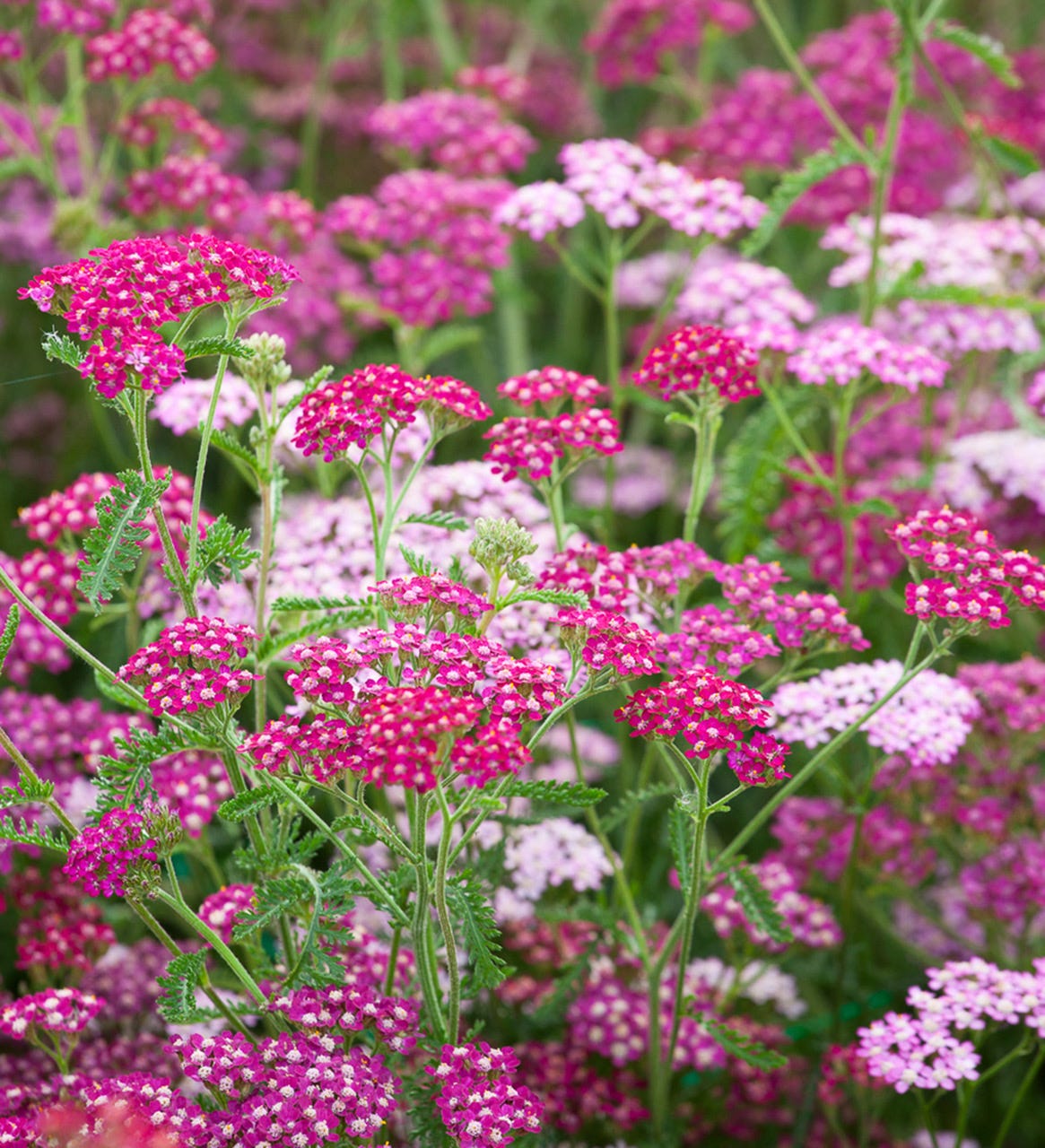
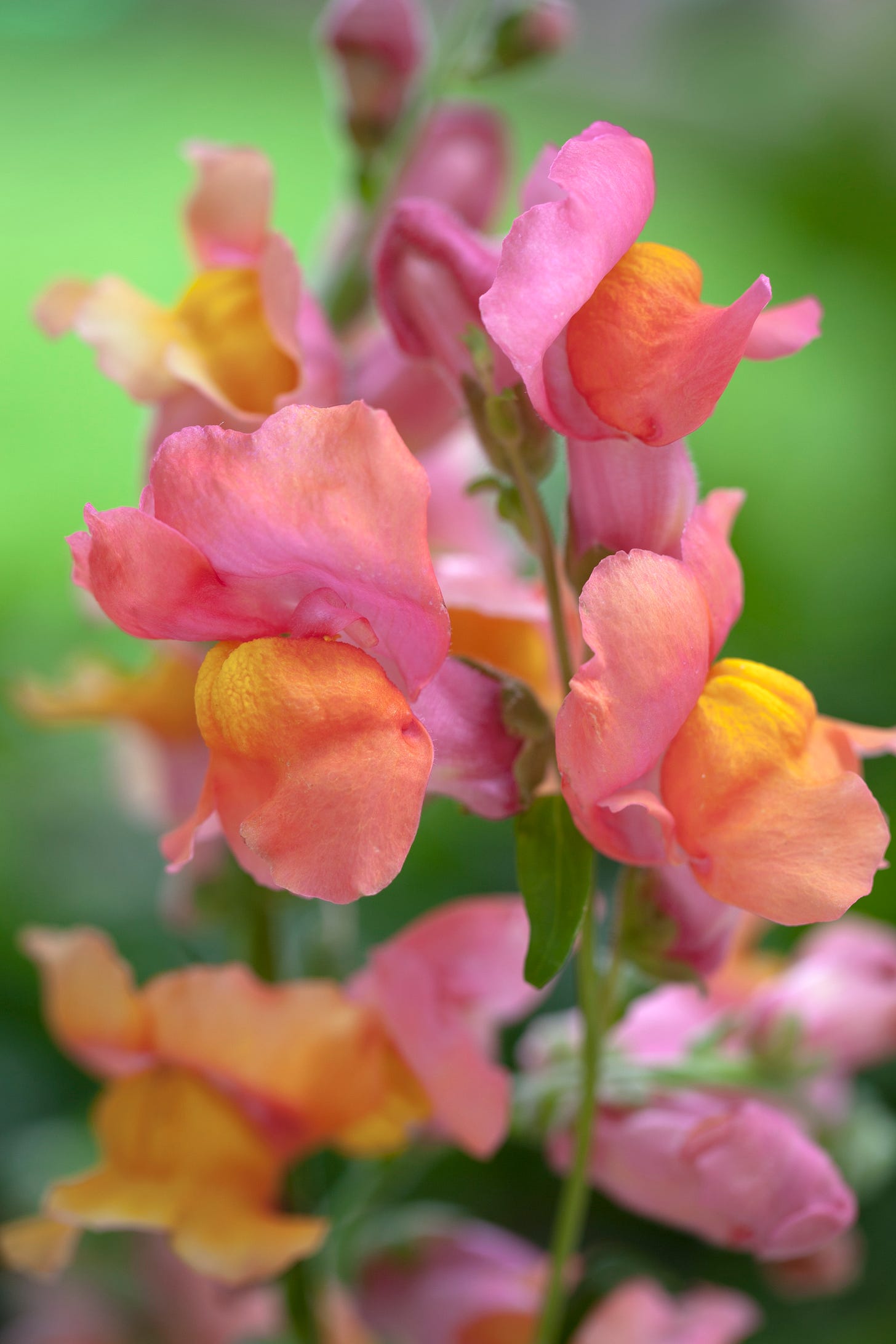
Bought those Amazing Grey Poppy seeds 2 years ago…. fabulous…… last year rubbish😱sticking with sweet peas… Cobaea cream and the purple…. Ricinus.. Ammi…. Daucus carota Purple Kisses and trying Coleus well not me!! the head gardener!!
I've bought more seeds than I can keep track of! I'm especially excited about some heirloom tomatoes, sweet corn and acorn squash. Also, I'm going to try sweet peas again. Last year, the rabbits ate them all so wish me luck!